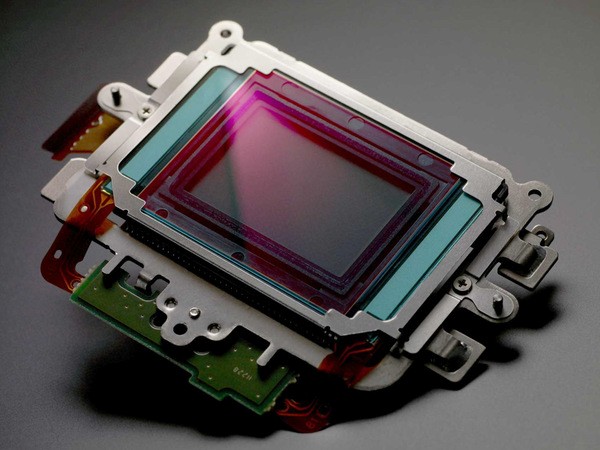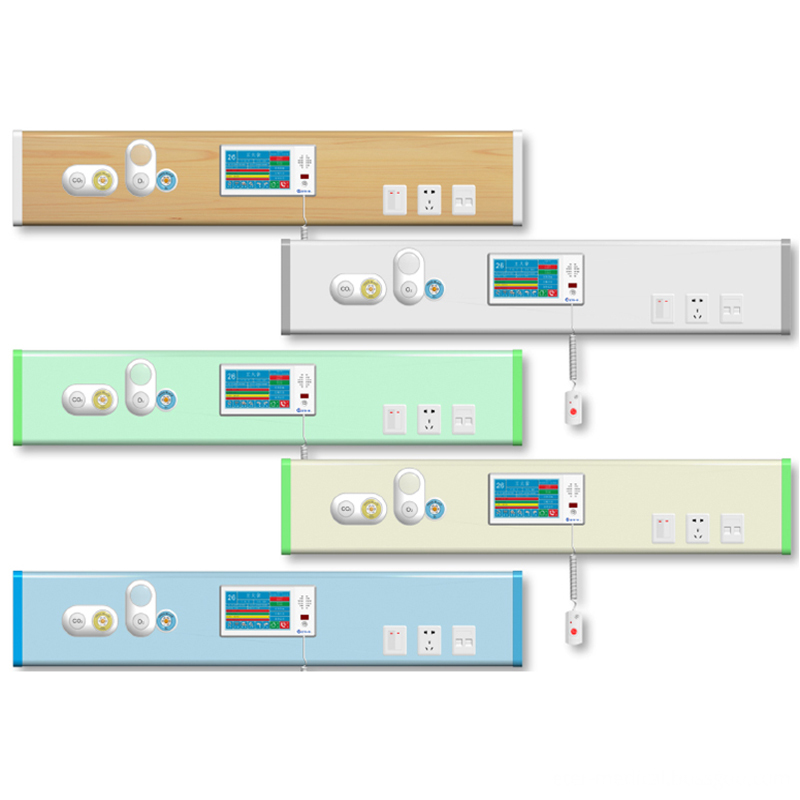CANON Corporation officially announced the completion of the acquisition of Toshiba's medical device subsidiary Toshiba Medical System on December 19. The total purchase amount reached an astonishing 665.5 billion yen (5.6 billion US dollars). Although Fujifilm Holdings and other strength manufacturers have also signed up for the acquisition, but ultimately failed to grab Canon.
This large-scale acquisition has a cause. The digital camera and digital copier business once enabled Canon to achieve rapid growth in the early 21st century, but this also caused Canon to rely too heavily on sales of these two businesses. When the market is saturated, Canon will inevitably encounter Business bottlenecks. Sure enough, in recent years, Canon's two pillar businesses have faced the distress of slow market growth and lost growth momentum.
So Canon is eager to open up new demand markets. Canon CEO Yukio Fujifu has set its future goals in the three areas of “safety, safety, and human lifeâ€. His first step was to acquire Axis and win the surveillance camera business in the field of “safety and securityâ€.
Related to human life, it refers to the medical business. Toshiba in this field is clearly a suitable acquisition target.
Toshiba Medical is a high-quality subsidiary of Toshiba Group. However, Toshiba has been exposed to a serious business crisis due to the financial fraud problem. As a result, it announced the public sale of Toshiba Medical as early as March this year.
Since the first X-ray tube was made into the medical machine industry in Japan in 1914, after 100 years of development, Toshiba Medical has CT, X-ray machine, MRI (magnetic resonance), ultrasound imaging, CL (biochemical analysis instrument). The medical imaging products, which are distributed in 135 countries and regions such as Japan, the United States, China and Europe, have become one of the world's leading medical imaging products manufacturers.
What's important is that there are great interoperability between medical imaging technologies such as MRI and X-ray inspection equipment and Canon's commercial imaging technology. Therefore, Canon hopes to acquire its CMOS sensor and inkjet printing technology through the acquisition of Toshiba Medical. Apply to the medical field.
Speaking of here, I have to mention the technical advantages of CMOS. In the medical field, CCD (Charge Coupled Device) image sensors were once the most commonly used devices. However, in recent years, the advantages of CMOS sensors have gradually emerged, applications have continued to expand, and soon entered its high-speed development period.

CMOS sensors that utilize standard semiconductor manufacturing processes have a significant price advantage. Moreover, CMOS sensors have unlimited potential in circuit integration.
More importantly, CMOS's achievements in achieving high resolution and reducing noise and dark current levels using small-sized pixels have made CMOS sensors an increasingly popular low-cost device. From the various fields of X-ray image acquisition and endoscopy, to the "camera in the pill" with its own characteristics, the application field of CMOS sensors can be described as comprehensive.
In addition, CMOS technology can also be used in the production of radiation protection products, which have strong resistance to ionizing radiation. A slight improvement in CMOS technology with thicker epitaxial layers or backlighting can improve the near-infrared (NIR) sensitivity of the sensor, opening up new medical image processing applications, such as near-infrared tomography.
As we all know, Canon's CMOS business ranks in the forefront of the global market. Although there are still some distances compared with Sony and Samsung (the two share a 60% share of the global market), its CMOS technology is not passed on. The industry is definitely a strong advantage. At present, Canon even hopes to expand its market share by externally authorizing this business, and further enhance its market competitiveness.
Canon's acquisition of Toshiba Medical is obviously to transplant its own imaging system into the medical field, and achieve a new growth in performance. However, medical and life sciences are far from being simple 1+1, and they will all be happy. In the latter stage, they must invest a lot of R&D manpower. Time and money investment, so how Canon can effectively combine CMOS and other technologies with medical applications will be the real test of the success of its acquisition.
Bed Head Unit For ICU
The groundbreaking four-chambered structure, differing from the conventional three-chambered structure, has more stable and safer design. The integrated panel design, in combination with the smooth and elegant line type, artistic terminal dust cover design and incomparable production process, creates an aesthetic visual experience and embodies a unique fashion.

Bed Head Unit For Icu,Hospital Bed Head Unit For Icu,Bed Head Units Hospital, Bed Head Hospital Equipment Unit
Hunan Eter Medical Co., Ltd. , https://www.eter-tech.com